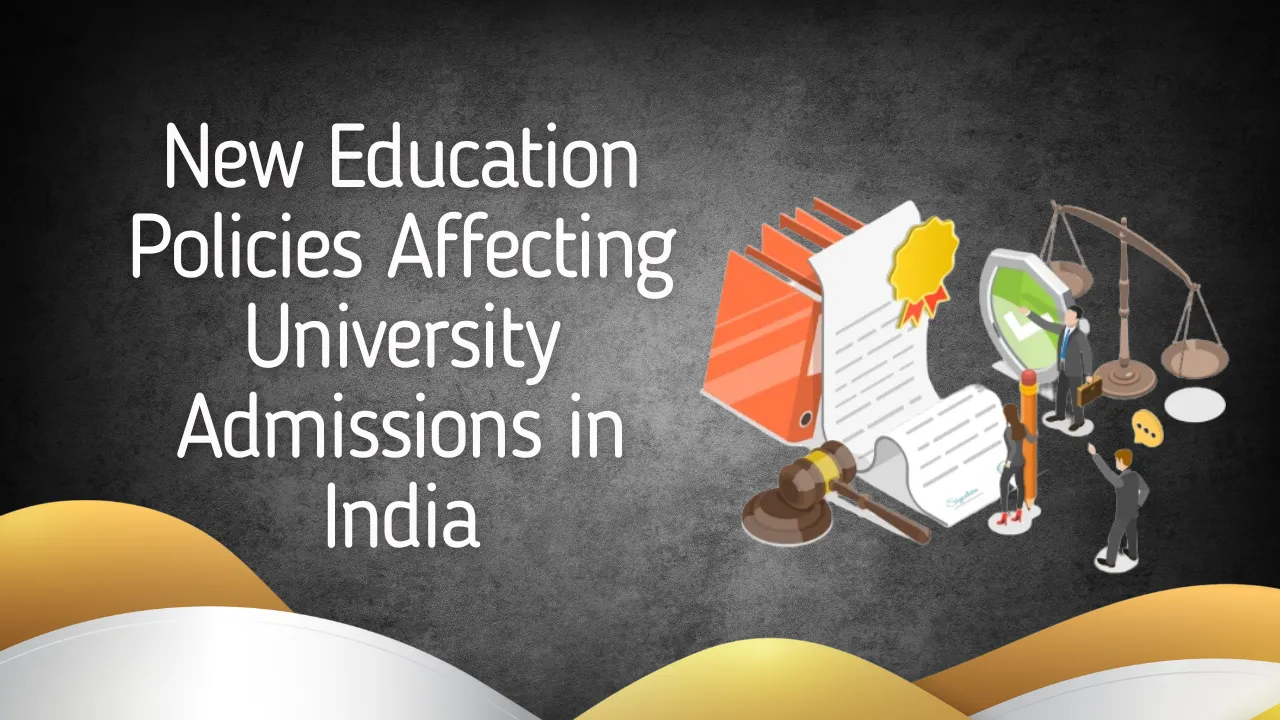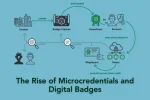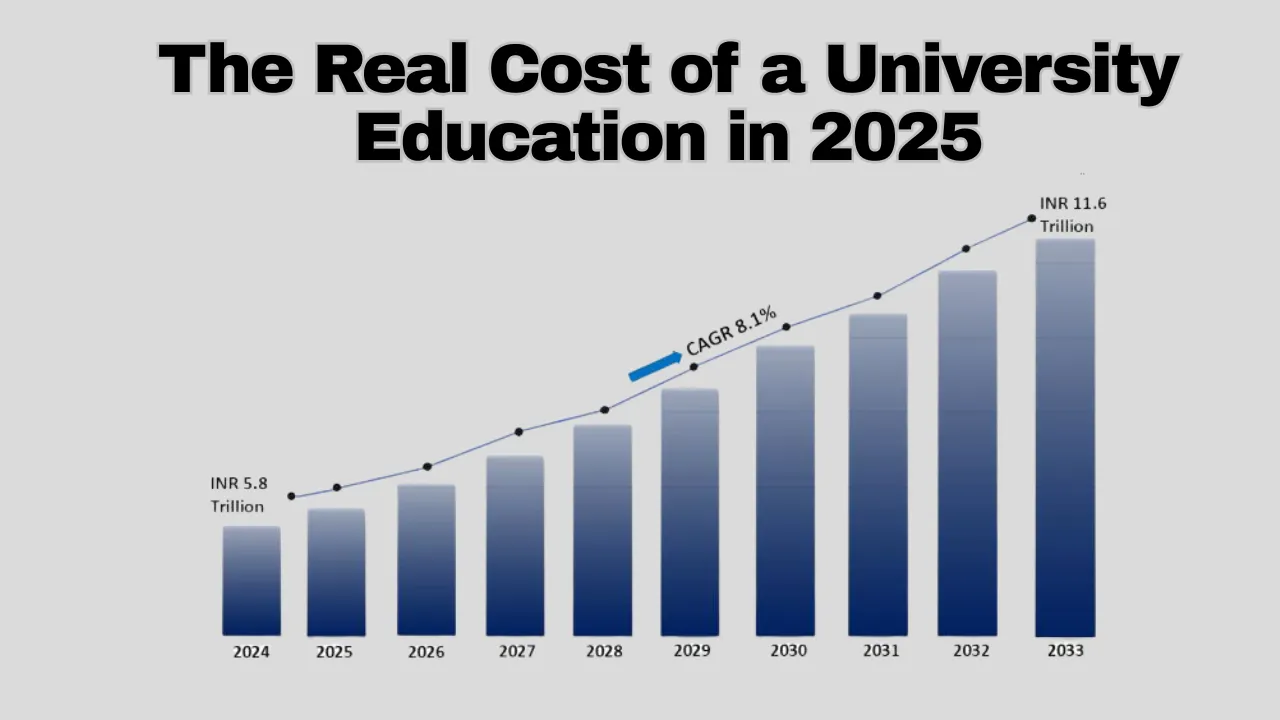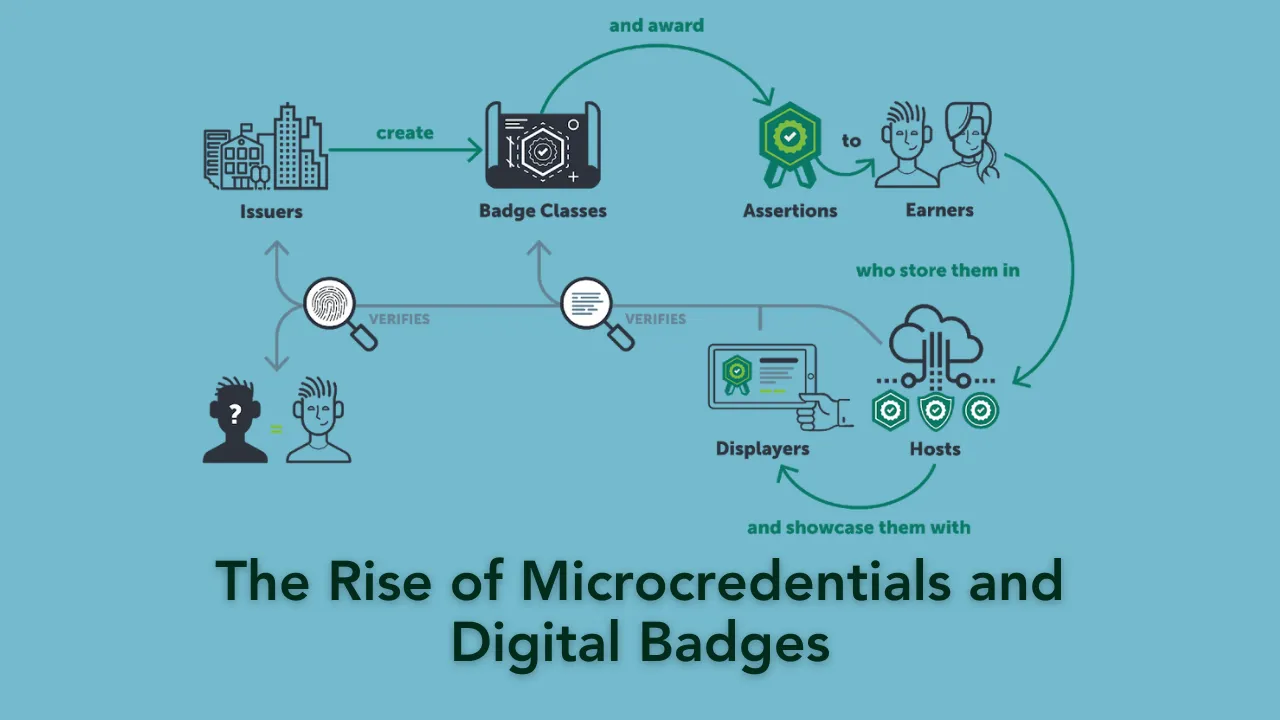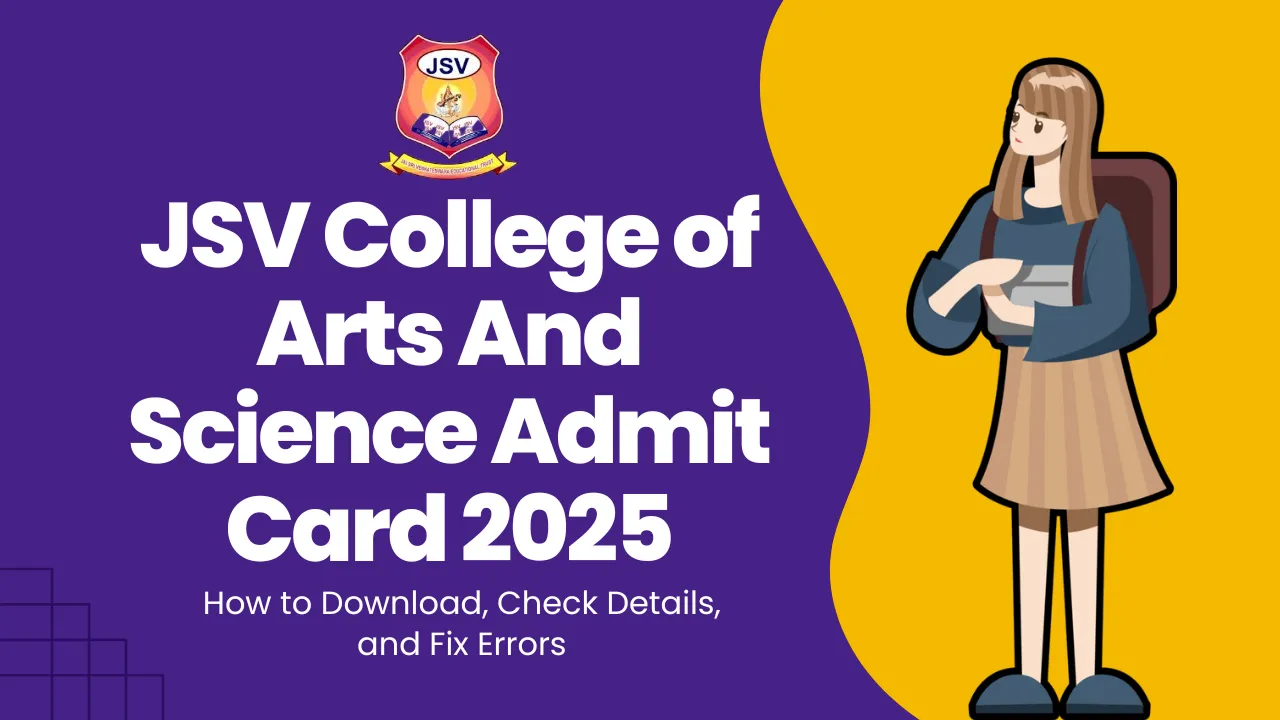New Education Policies Affecting University Admissions in India: New Education Policies Affecting University Admissions in India have brought major changes in how students enter higher education institutions. With the National Education Policy taking shape, the rules and processes are transforming rapidly, affecting students, parents, and universities alike.
This article explores the major changes in university admissions in India due to the latest education policies. From entrance exams to credit-based learning and multidisciplinary approaches, we will explain how these shifts impact both current and future students. The goal is to provide a clear and updated view of what’s changing in the Indian higher education system.
The Rise of CUET for Central Universities
One of the most significant changes in university admissions in India is the introduction of the Common University Entrance Test (CUET). This test has become mandatory for admission to central universities, replacing the earlier system of individual university cut-offs.
CUET aims to create a level playing field by offering a single standardized test for all students across the country. It reduces the pressure of scoring extremely high marks in board exams and provides a fair chance to everyone. However, students now need to prepare separately for CUET in addition to their school studies.
Focus on Multidisciplinary Learning
The new policy encourages students to take up a mix of subjects instead of sticking to fixed streams like science, commerce, or arts. Universities are adapting by offering flexible course structures where students can major in one subject and minor in another.
This multidisciplinary approach allows for a broader skillset and supports students in exploring various interests. It also prepares them better for the modern job market, which values adaptability and creativity.
Credit-Based System and Academic Bank of Credits
One of the key changes introduced is the Academic Bank of Credits (ABC). Under this system, students earn credits for each course they complete, which are stored digitally. These credits can be transferred if they change universities or take a break from studies.
The credit-based system offers more freedom in choosing courses and also helps those who want to study at their own pace. It encourages lifelong learning and reduces the pressure of completing a degree within a strict timeframe.
Greater Emphasis on Skills and Vocational Training
The new policy shifts focus from just theoretical knowledge to practical skills and vocational training. Universities are now required to include internships, skill-building workshops, and hands-on experience in their programs.
This change is designed to make students job-ready. With industry-focused learning and real-world exposure, the gap between education and employment is expected to narrow, improving job prospects for graduates.
Changes in Reservation and Inclusion Policies
The government continues to focus on social equity in higher education. Recent updates include expanding reservation policies for economically weaker sections (EWS) and increasing outreach programs for rural and tribal students.
These inclusion policies aim to bring more diversity to college campuses and ensure that students from all backgrounds get equal opportunities. Special scholarships and preparatory classes are also being introduced for underrepresented groups.
Digital Transformation in Admissions
- Online Admission Portals:
- Universities now use centralized and digital portals for application and counseling.
- Reduces paperwork and makes the process more transparent and accessible.
- Universities now use centralized and digital portals for application and counseling.
- AI and Automation:
- Use of AI to screen applications and shortlist candidates.
- Faster processing and reduced human errors.
- Use of AI to screen applications and shortlist candidates.
These digital changes help streamline the university admission process and make it more efficient for both students and institutions.
Language and Regional Diversity in Exams
The CUET and other entrance tests are now offered in multiple regional languages, making them more inclusive. Students from different linguistic backgrounds can now take tests in their preferred language, ensuring better understanding and performance.
This move supports the idea of unity in diversity and removes language as a barrier in the education system. It also encourages local culture and languages in higher studies.
Two Key Points Summary
- Key Benefits of the New Policies:
- Equal opportunity through CUET.
- More flexibility in course selection and study pace.
- Emphasis on practical skills and job readiness.
- Equal opportunity through CUET.
- Challenges for Students:
- Adapting to CUET alongside board exams.
- Understanding and managing the credit system.
- Preparing for a more skill-oriented curriculum.
- Adapting to CUET alongside board exams.
FAQs
What is CUET and why is it important?
CUET is a national-level entrance exam that replaces separate university admission processes for central universities. It ensures a fair and uniform admission system.
Can students from any stream choose subjects freely now?
Yes, the new policies promote multidisciplinary learning, allowing students to mix and match subjects based on their interests.
How does the Academic Bank of Credits help students?
It lets students collect credits across courses and universities, offering flexibility to switch programs or take breaks without losing progress.
Are these changes applicable to private universities as well?
Some private universities are adopting these policies voluntarily, but they are mainly implemented in central and state institutions for now.
How will this affect rural students?
Policies like regional language support, online access, and special scholarships aim to improve access for rural and underprivileged students.
Final Thought
The new education policies affecting university admissions in India are reshaping the academic future of millions. While the path may seem different, it’s opening up more opportunities and choices for students. If you have any thoughts or questions, leave a comment below and explore your academic horoscope or check out related content to help you plan your next step wisely.
